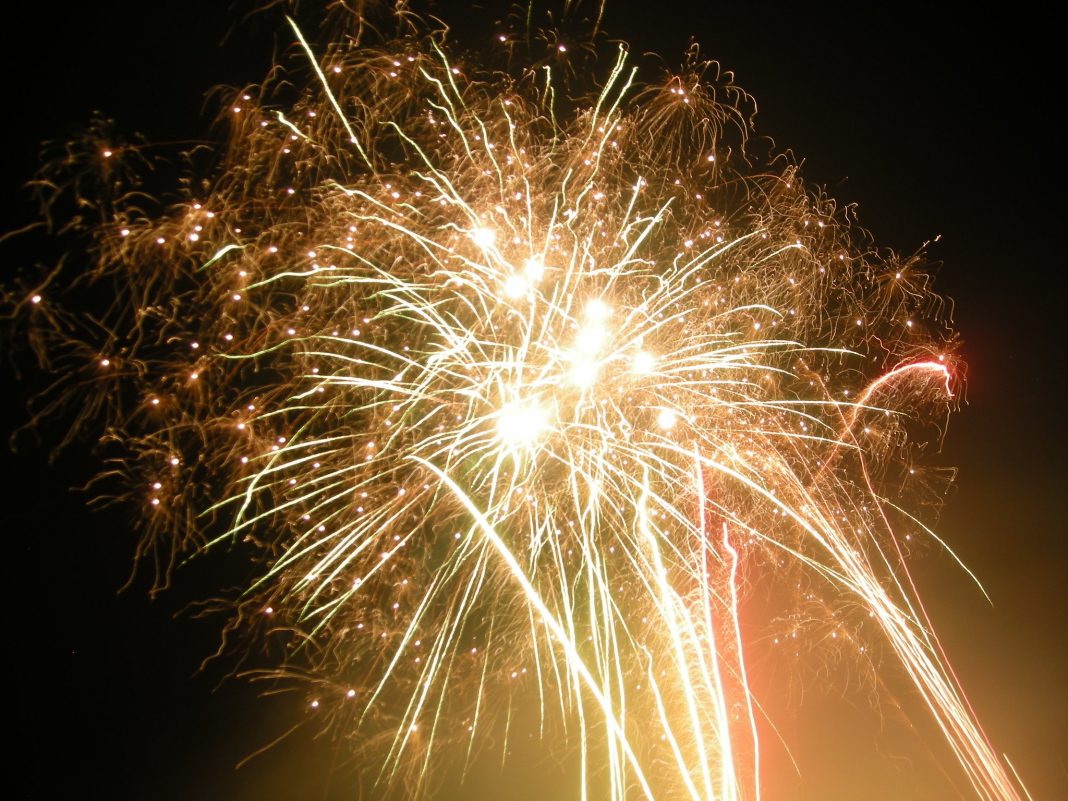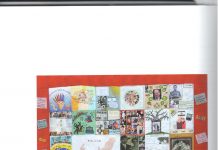It seems that all the fireworks and bonfires on Guy Fawkes Night can send Newcastle’s levels of air pollution soaring.
Figures for Bonfire Night last year showed that – between 8.00 pm and midnight – the amount of pollution particles in the city’s atmosphere rocketed.
Starting from a daytime measurement of around 20 micrograms per metre3, the pollution count reached 80 micrograms just before 11.00 pm.
DEFRA (Department for Energy, Food and Rural Affairs) states that annual average air pollution levels should not exceed 25 micrograms per metre3. The World Health Organisation’s recommended limit is 10 micrograms.
The Bonfire Night research was carried out by Newcastle University as part of its Urban Observatory programme.
The Urban Observatory programme gathers data on about 60 indicators – ranging from air pollution, weather conditions, traffic patterns and energy use to noise and even social media activity – to study the living environment and quality of life in Newcastle. The information is collected by sensors placed at various points around the city.
Newcastle University’s Professor Phil James, who leads the Urban Observatory team, said, “The air pollution data we collected over 24 hours last Bonfire Night paints a really striking picture of the impact the fireworks and bonfires are having on air quality.”
“It’s perhaps not surprising – you can often smell the gunpowder and smoke in the air on November 5th – and the low cloud cover that night exacerbated the situation.”
“This graph shows us just one night, but what it demonstrates is the level of data we are starting to collect and how we can start to use this to understand how our cities should be managed and developed in the future.”
The pollution studied is known as fine particle matter or PM2.5. PM2.5 are tiny pieces of dust, most of which are spewed into the environment via manmade systems such as car exhausts.
In large amounts, such particles damage human health and especially the health of children.
Professor James thinks that – though we shouldn’t worry too much about pollution levels on just one night – we do need to think about the implications of worsening air quality in the world’s cities. But we also need to assess the dangers of air pollution alongside a range of complex factors connected with life in built-up areas.
“If it was bonfire night every night then we’d have a problem,” Professor James said, “but a one-off is unlikely to cause any long-term harm.”
“By 2050, around 70 per cent of the world’s population will live in cities.”
“We know there is an urgent need to reduce air pollution in our cities by reducing congestion and cutting carbon emissions.”
“But if we look at this in isolation then we’re storing up a whole host of other problems further down the line.”
“A study from a team in Edinburgh, for example, suggested the knock-on effect of reducing air pollution would be a reduction in cloud cover and therefore an increased risk of heatwaves in our cities.”
“At the same time, we heard from the Environment Agency about how we need to adapt our infrastructure and stop building on flood plains to become more resilient to climate change and future flooding.”
“But another study by colleagues right here in Newcastle shows that if we are to move development away from the river banks and coastlines, while still protecting our green spaces and reducing sprawl, it really only leaves two options: either we shrink our homes or we develop in higher heat risk areas such as inner cities – once again increasing the number of people exposed to extreme heatwaves.”
“Everything in a city is connected so we can’t look at problems in isolation. It’s no good solving one problem only to create three more.”
“What we are trying to do through the Urban Observatories is to understand exactly how our cities interact. Once we have that baseline then we can see not only the positive impact when we implement a change, but also any unintended consequences and adapt our approach – like following the ripples on a pond when we throw stones.”
(Featured image courtesy of Jorgen Kesseler, from Flickr Creative Commons)




















